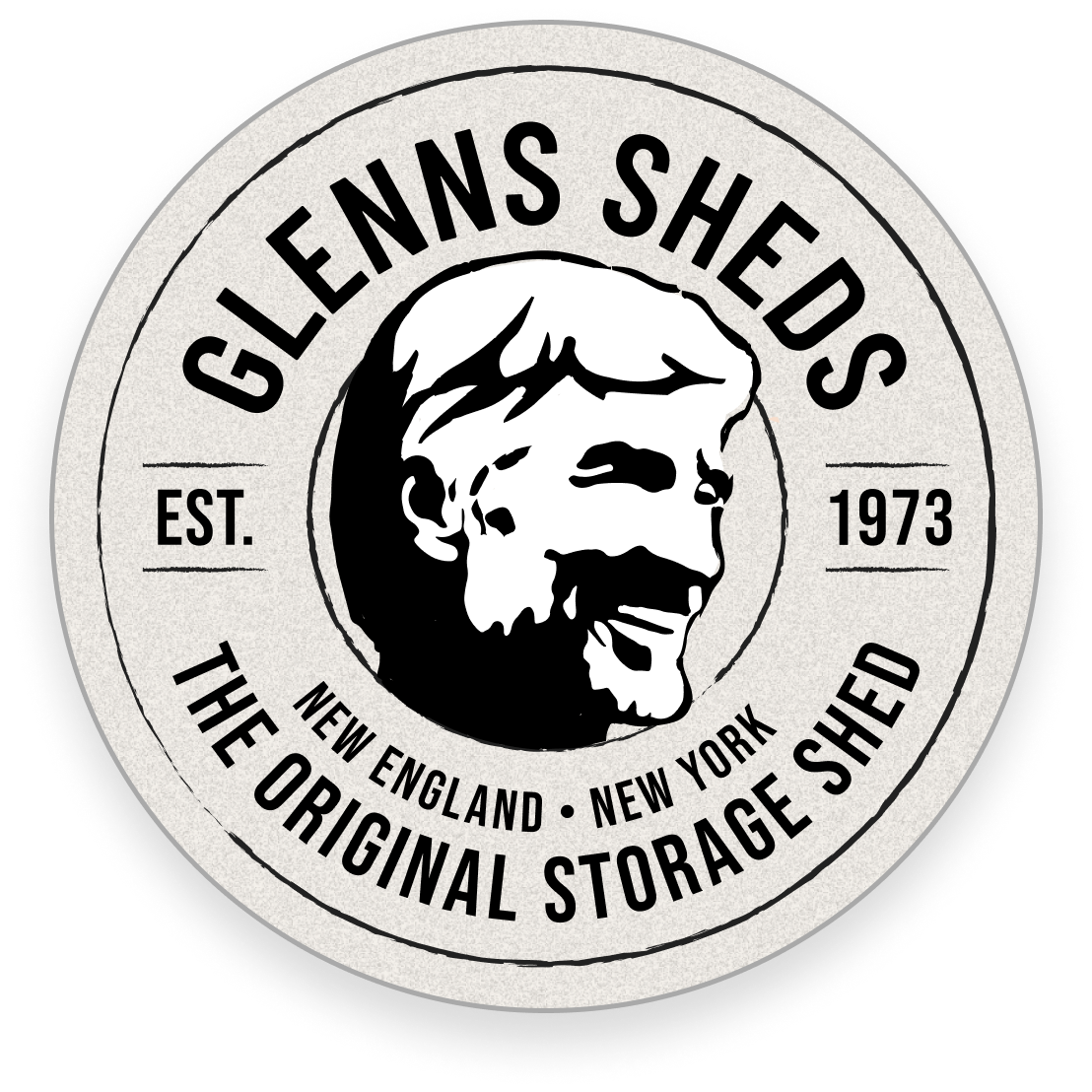When Can We Stain Treated Lumber?
When Can We Stain Treated Lumber?
The quick answer is—It depends. It depends on how dry the wood is when it is installed. Though this might seem obvious, and is certainly true, there are factors at work that might not be so obvious.
Here are a few of the factors that will determine how dry the lumber is and how soon it can be painted (or better—stained):
Has the material been stored indoors or outdoors at the lumber yard? (since this is material that will laugh at rain it is often stored outside in the elements)
How long has the lumber had to dry after it was treated (a wet process)? Most Treated lumber is kept tightly bound together until it is sold. No drying here.
How much sun does the lumber get where it is currently installed?
How has the weather been since installing the treated lumber? (Windy, dry weather is the best)
What region of the world do you live in? Consider the above criteria – (Hot, dry climate vs Muggy, cloudy environment…)
Much of this is beyond our knowledge and our control so…
Here is a way to test the wood to see if it is ready for staining:
Throw a small amount of water on a sampling of boards – watch to see if the water beads up (not ready to accept liquid –-not ready to stain) or if it soaks in to the wood (ready to accept liquid and ready to stain) [this is sometimes called a “sprinkle test”]
Repeat this test as needed.
The wood could be ready in a few weeks to stain, though the general suggestion is to wait two to four months.
It is okay to leave a shed unstained over the winter then apply the stain when warmer weather arrives. Some folks never stain their sheds at all—some stain only the outer portion of their shed.
Can I leave the treated lumber unfinished?
Yes – you can leave anything unfinished, but it will be just that- unfinished. Even the treated lumber will deteriorate and decay with time (though you could be looking at decades of use still)- and it will happen much faster if it is not sealed with a finisher like stain or paint or water repellant/UV protection.
And if the lumber is stained too soon?
If the lumber is sealed when it is wet, problems can occur.
Water can be sealed in causing problems with the finish
Sealed-in moisture can promote mold or rot and the wood itself can be damaged
Types of stain:
Stain has the advantage over paint for these sheds, in that it is designed to penetrate the wood rather than surface-coat it. This should do a good job of protecting the wood and make any re-treatment in the future far easier—not having to scrape the wood surface clear of old paint, if that is what has been used.
Stain comes in a selection of transparencies, associated with pigment and protective content. The higher the pigment content the better the protection from UV rays from the sun. The higher the transparency (lower pigment) the better the penetration the stain might have. Choose the balance/ aesthetic you desire.
Sample categories:
Solid Stain- the highest level of pigment & the least transparency
Semi-Solid
Semi-Transparent
Transparent- the highest level of transparency & the least pigment
There are also products on the market with basically no pigment- which can protect from water weathering but not from UV rays
Keep Warm, Glenn

